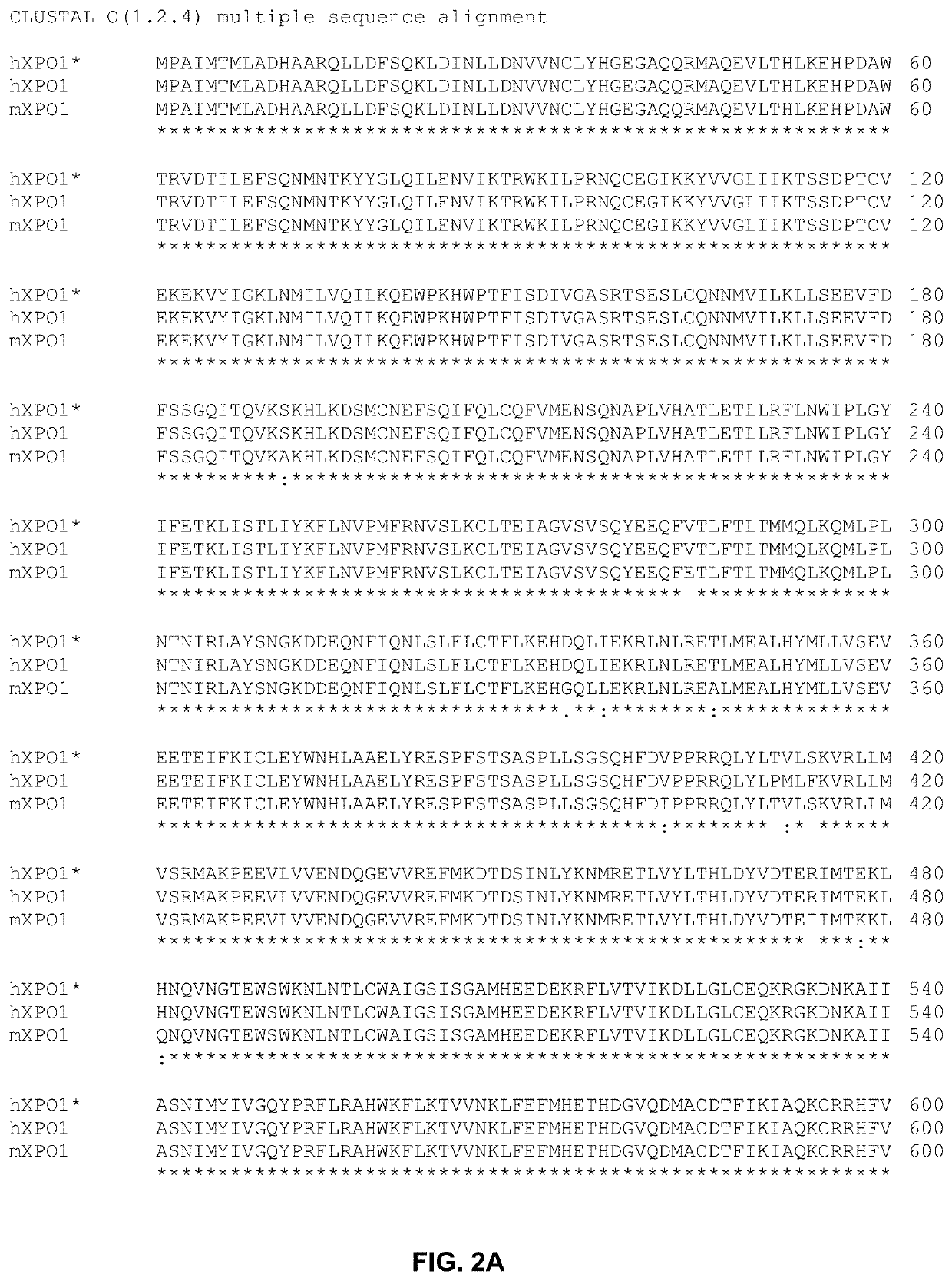Genetically modified genes and cells, and methods of using same for silencing virus gene expression
- Summary
- Abstract
- Description
- Claims
- Application Information
AI Technical Summary
Benefits of technology
Problems solved by technology
Method used
Image
Examples
examples
Editing Host Factors to Silence HIV Gene Expression
Methods
[0119]Cell lines and cell culture. Jurkat E6.1 T-lymphocyte (J.E6-1) cells were obtained from the American Type Culture Collection (ATCC) and were cultured in RPMI 1640 medium (Gibco) supplemented with 10% fetal bovine serum (FBS, Sigma), 1% L-glutamine (Sigma), and 1% penicillin-streptomycin antibiotics. 293T cells were cultured in Dulbecco's modified Eagle's medium (DMEM) supplemented with 10% fetal bovine serum, 1% L-glutamine and penicillin-streptomycin antibiotics. Cells were maintained at 37° C. and 5% CO2 in a humidified incubator.
[0120]Gene Editing. CRISPR-Cas9 and homology directed repair (HDR) were used to edit hCCNT1 and hXPO1 to generate genetically modified CCNT1 and XPO1 genes of the invention.
[0121]The method used for editing hCCNT1 is depicted in FIG. 4. The HDR donor template for editing hCCNT1 had a sequence represented by SEQ ID NO:13
(SEQ ID NO: 13)GTGTTTTTTTATTTAGTAAATTACCTAAGTAAAGAGATGCTATTTGCTTCATTGCAGGC...
PUM
| Property | Measurement | Unit |
|---|---|---|
| Fraction | aaaaa | aaaaa |
Abstract
Description
Claims
Application Information
 Login to View More
Login to View More - R&D
- Intellectual Property
- Life Sciences
- Materials
- Tech Scout
- Unparalleled Data Quality
- Higher Quality Content
- 60% Fewer Hallucinations
Browse by: Latest US Patents, China's latest patents, Technical Efficacy Thesaurus, Application Domain, Technology Topic, Popular Technical Reports.
© 2025 PatSnap. All rights reserved.Legal|Privacy policy|Modern Slavery Act Transparency Statement|Sitemap|About US| Contact US: help@patsnap.com



